THE WEASLEY BROTHERS ARE HERE!
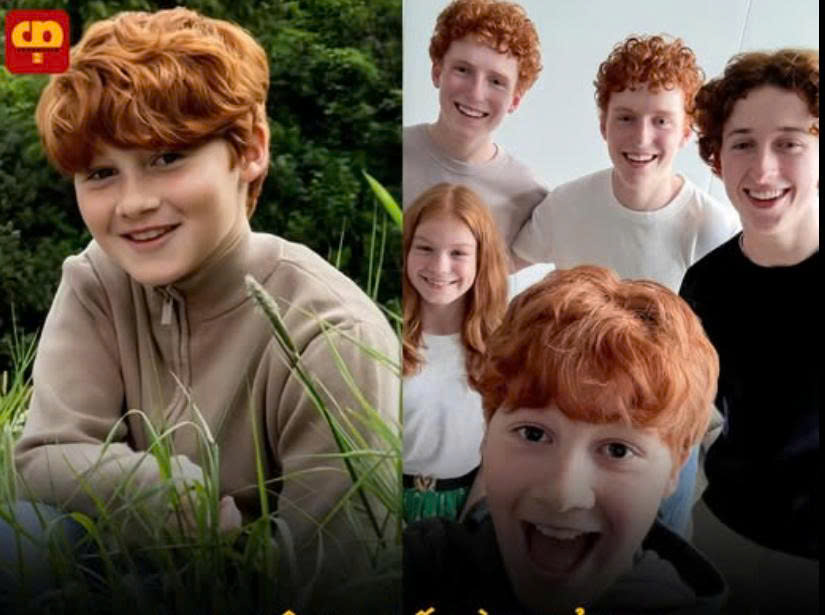
Growing Up Weasley: How Birth Order Shaped (and Didn’t Shape) the Burrow Kids
Seven siblings, two parents, and even a rat who turned out to be a wizard—life at the Burrow was never dull. But what was it really like to grow up as a Weasley, and how much did birth order shape each child’s path? Let’s take a look.
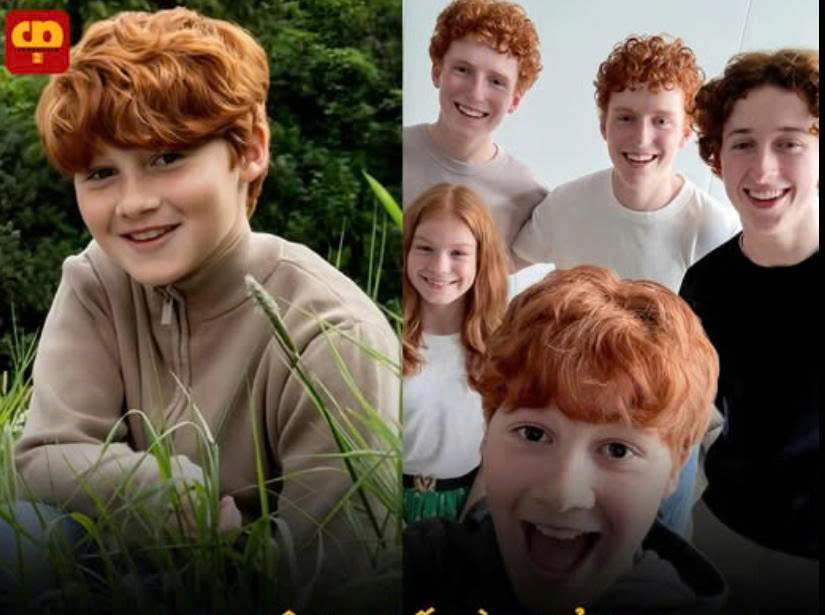
Bill
As the eldest, Bill carried many of the typical “first-born” traits: ambitious, dependable, and naturally inclined to lead. He became Head Boy at Hogwarts, later built a career as a curse breaker in Egypt, and played a key role in the Order of the Phoenix. Confident and charismatic, he even won the heart of Fleur Delacour.
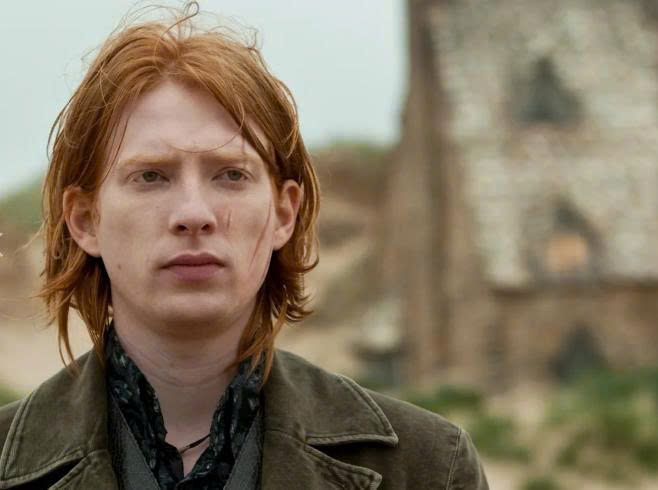
Still, Bill wasn’t a picture-perfect rule-follower. He liked a touch of flair—long hair, fang earrings—and didn’t always bend to his mother’s wishes. Though he wasn’t rebellious, Bill had his own way of standing out, proving that even the eldest Weasley refused to fit neatly into a box.
Charlie
Second-born children are often described as competitive and eager to differentiate themselves from their older siblings. In some ways, Charlie fit that mold: he excelled at Quidditch, becoming team captain, and later forged a unique path working with dragons in Romania.
But Charlie wasn’t chasing attention. Unlike many younger siblings, he seemed unconcerned with family approval. In fact, by living abroad, he distanced himself from much of the Weasley family drama. Independent? Absolutely. Attention-seeker? Not so much.
Percy
Percy embodied many “older sibling” qualities even more strongly than Bill: responsible, rule-abiding, and sometimes unbearably pompous. Like Bill, he became Head Boy, but unlike his brothers, he lacked their easygoing charm.
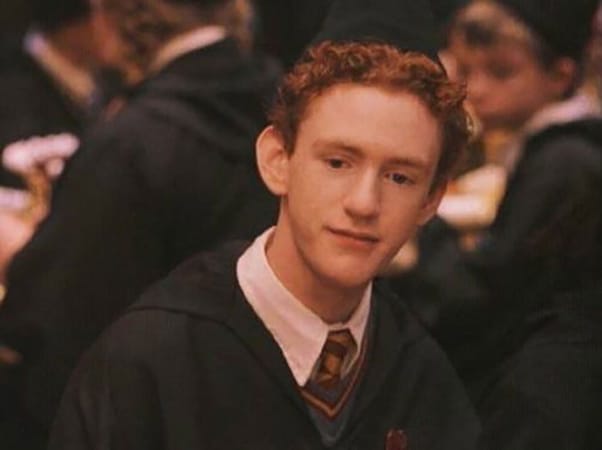
Feeling overshadowed between his accomplished older brothers and the prank-loving twins, Percy carved out his own identity by throwing himself into the Ministry of Magic. At one point, he even chose ambition over family loyalty—a decision that highlighted his insecurities as much as his pride. In hindsight, Percy’s struggles may have been less about arrogance and more about a classic middle-child fight to be seen.
Fred and George
Technically, Fred came before George, but when it came to personality, they were inseparable. Birth order stereotypes hardly applied here. Together, they ditched traditional schooling, built a thriving joke shop, and became innovators whose magical creations were sought after by the Ministry itself.
Fred, often the instigator, carried slightly more confidence, while George tended to play peacemaker. Still, their true strength lay in their partnership. The twins thrived not by fitting into family patterns, but by breaking them entirely.
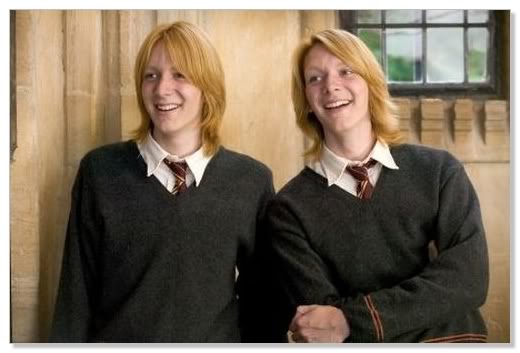
Ron
As the youngest son, Ron felt the full weight of comparison. From the start, he admitted the frustration of living in his brothers’ shadows: “If I do well, it’s no big deal, because they did it first.”
This sense of invisibility haunted him throughout his youth. The Mirror of Erised revealed his deepest wish—to be recognized apart from his siblings. That insecurity resurfaced in moments of jealousy, such as when Harry was chosen as Triwizard Champion, or when the Horcrux preyed on his fears of being “least loved.”
Unlike the stereotypes of youngest children being spoiled or indulged, Ron rarely received extra attention. Instead, he often felt like the overlooked one—until he finally proved himself as a loyal friend, a brave fighter, and a key member of the trio.
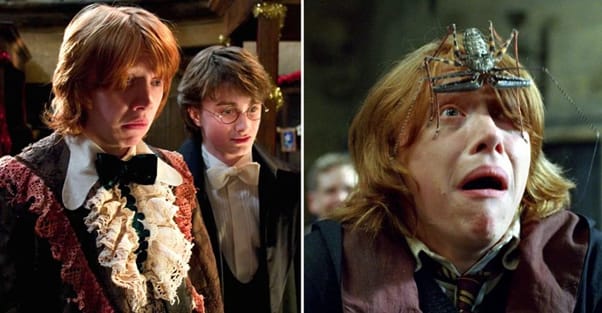
Ginny
As the youngest—and the only daughter—Ginny broke the mold in her own way. Stereotypes say the baby of the family is charming and attention-seeking; Ginny was certainly confident and popular as she grew older, but she never chased the spotlight.
Her early years at Hogwarts were rocky—shyness around Harry, possession by Tom Riddle’s diary—but they also revealed her vulnerabilities: the teasing from her brothers, the hand-me-down clothes, and her fear of never being noticed. Over time, however, Ginny grew into a strong, bold witch who held her own on the Quidditch pitch and in the DA, showing that she was far more than just “the youngest Weasley.”
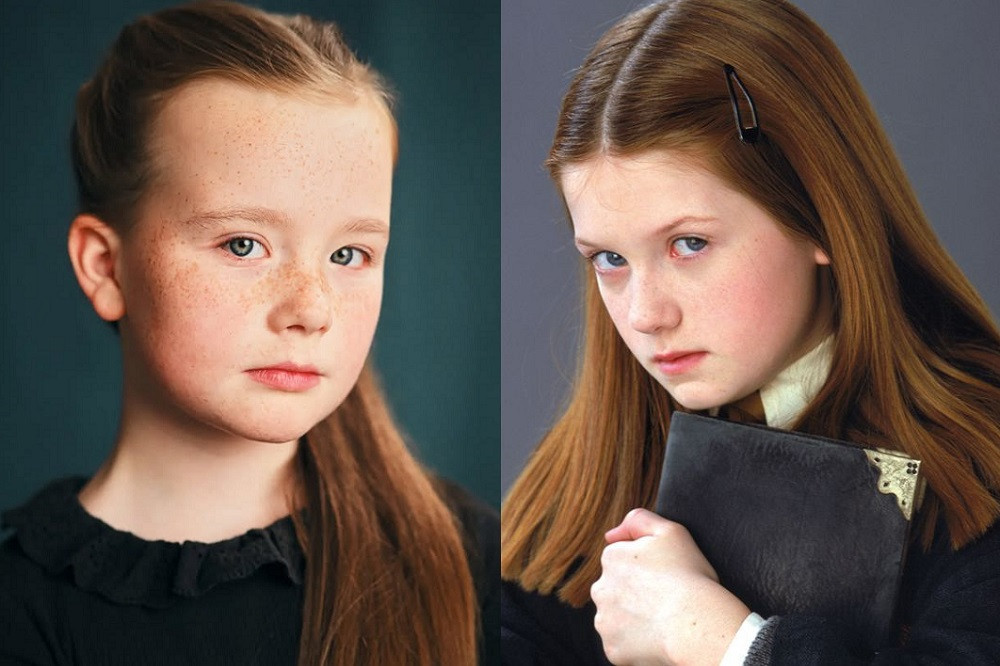
In the End
Life in the Weasley household was less about stereotypes and more about individuality within a crowded, loving, and sometimes chaotic family. Each sibling carried their own burdens, carved their own path, and found their place in the wizarding world. And even when differences drove them apart—like Percy’s estrangement—they ultimately proved that being a Weasley meant being part of something greater than birth order.